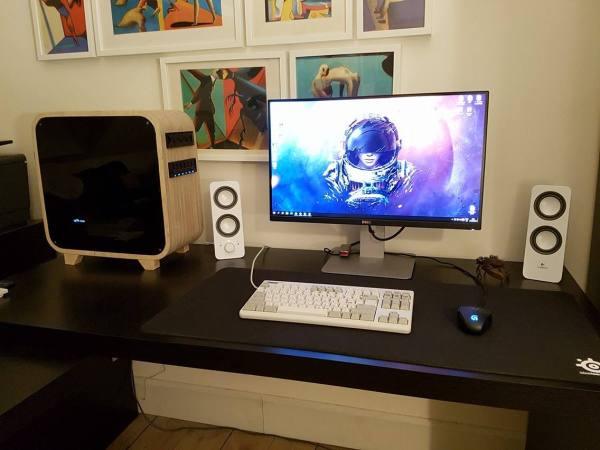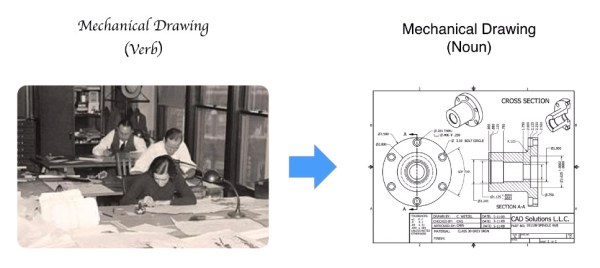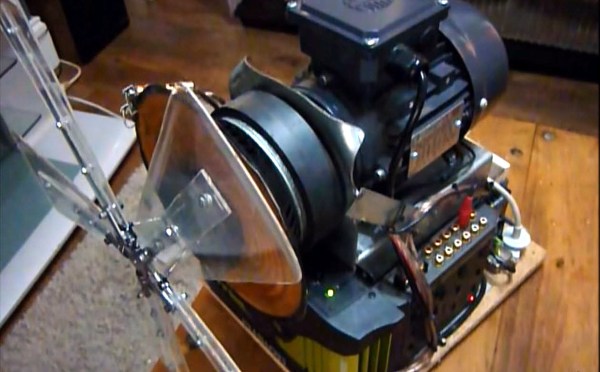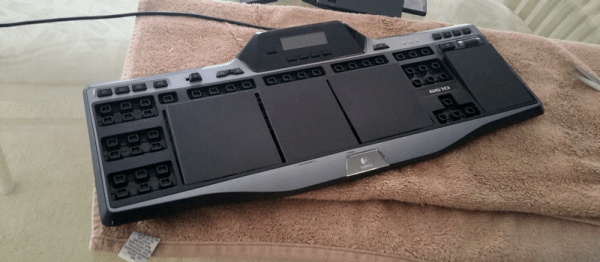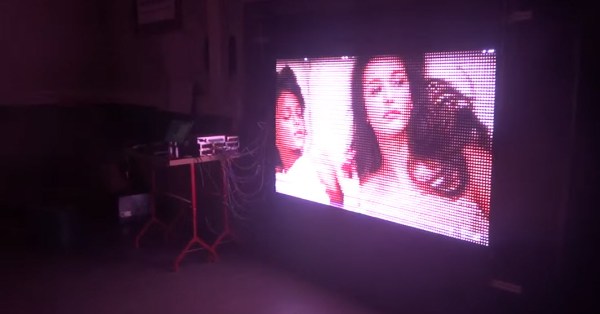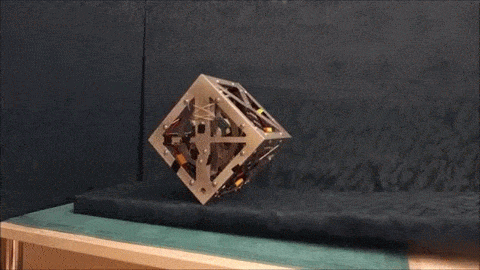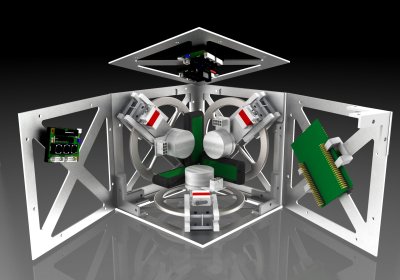When [LouisVW] decided to build a new gaming rig, he wanted to try something different. So instead of buying a pre-built tower, he made one — out of wood!
Coming from someone who has no experience in 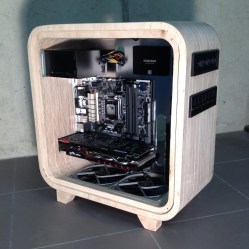 woodworking (or computer building) we’re seriously impressed with what he’s made. He was originally inspired to build the case when he saw boxes made by stacking pieces of plywood together — he got one and decided to turn it into a case.
woodworking (or computer building) we’re seriously impressed with what he’s made. He was originally inspired to build the case when he saw boxes made by stacking pieces of plywood together — he got one and decided to turn it into a case.
Using a jigsaw, chisel and Dremel he was able to cut out all of the fan holes and drive bays fairly easily, and thanks to overlapping plastic covers it wasn’t that hard to make everything look perfect.
Continue reading “Wooden Computer Case Adds A Touch Of Modern”

